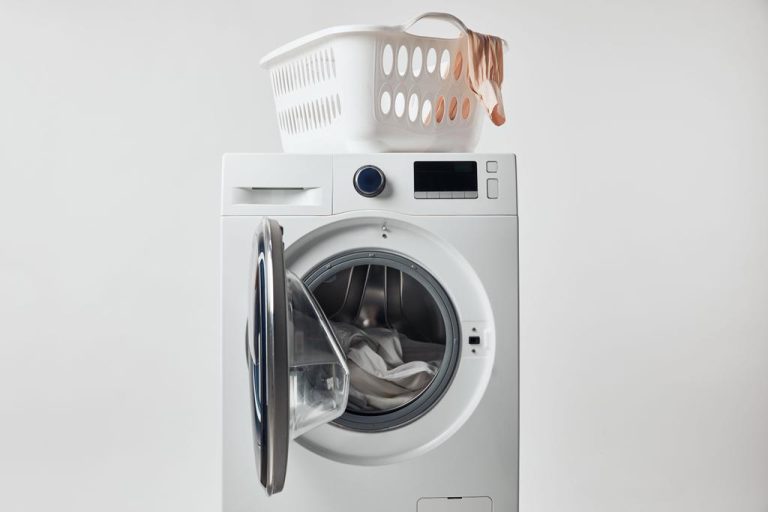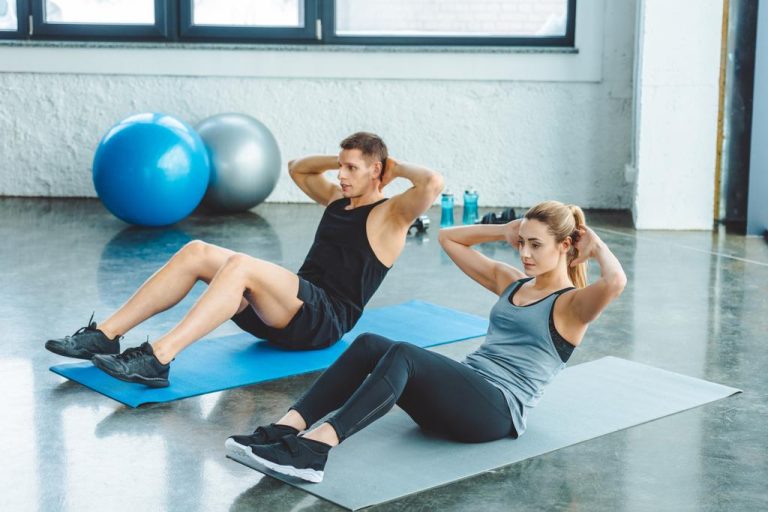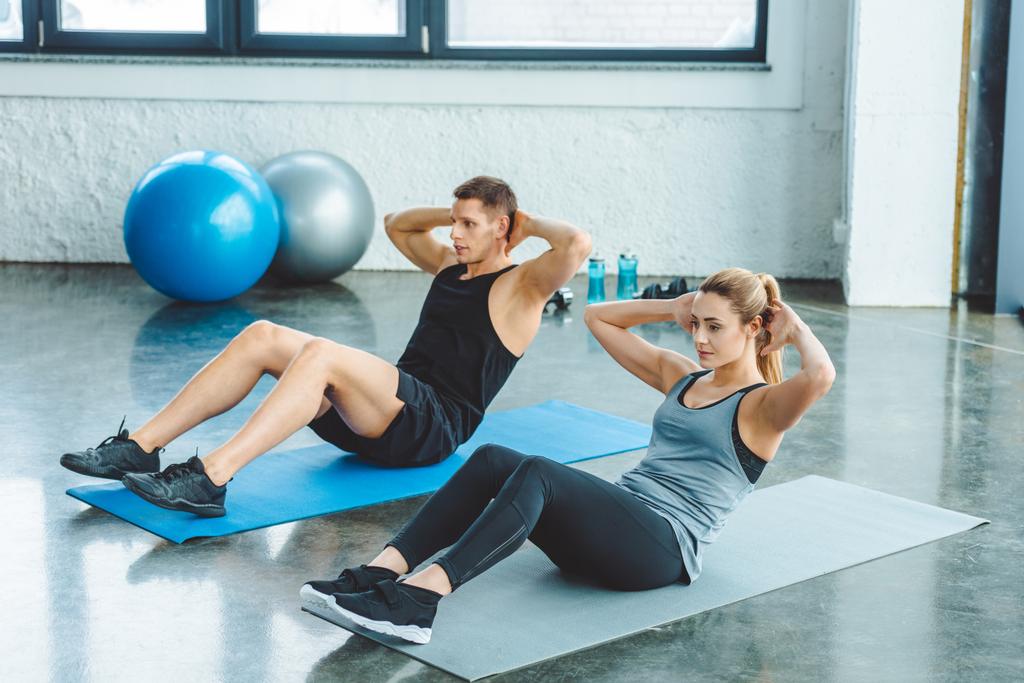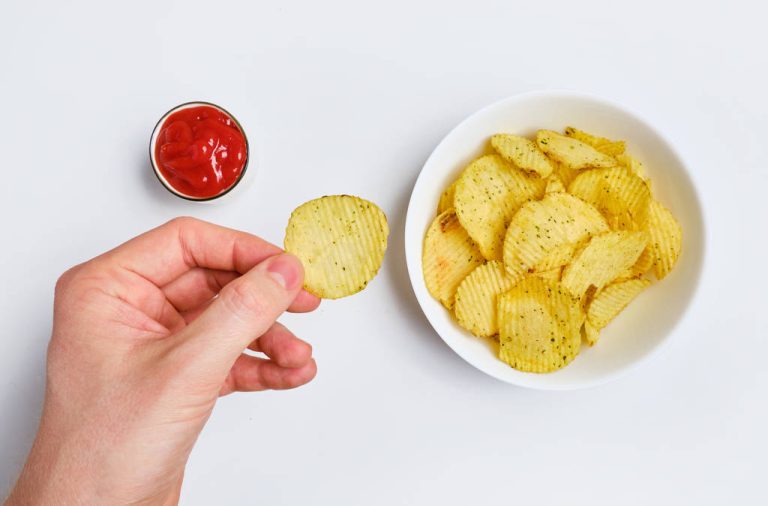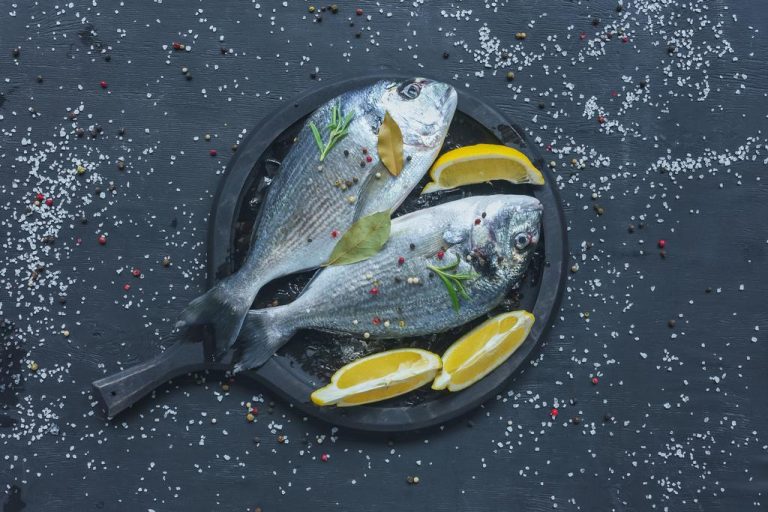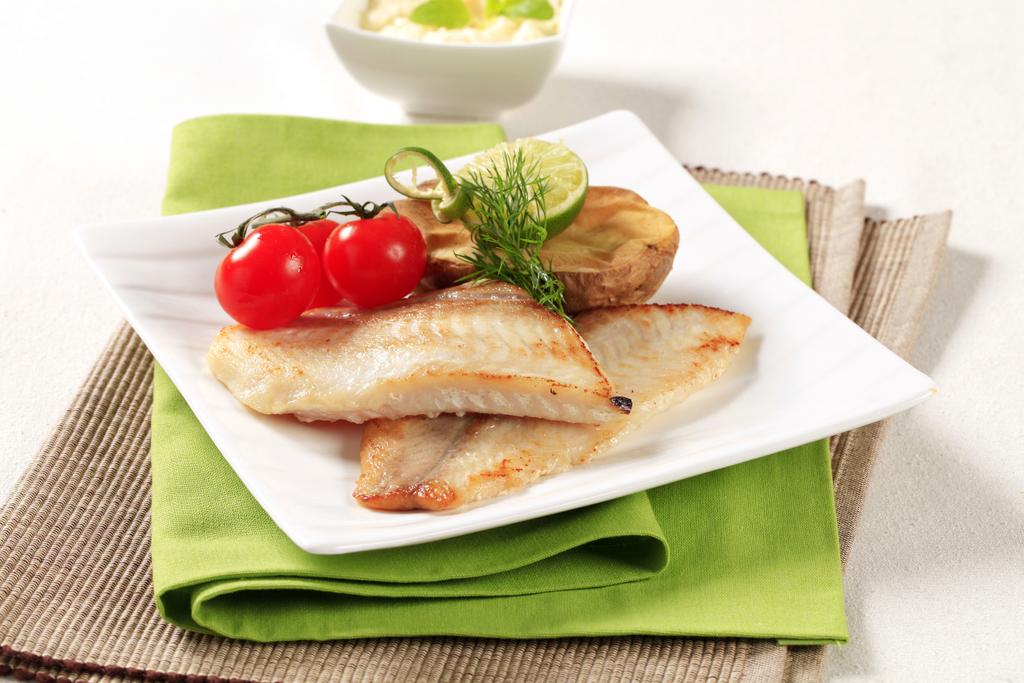Are you wondering why the washing machine display shows another minute but just can’t finish? These are the reasons.
Washing time takes longer than indicated – these are possible reasons
The first reason for the delay in duration is the wrong dosage of detergent. If this is too high, it will take longer to completely rinse out of the wash. The water only stops rinsing when the sensors no longer detect foam formation. Only then can you spin and finally end the wash program.
Furthermore, the water pressure plays a decisive role. It should be as high as possible so that the machine can be filled with enough water quickly. This is sometimes not the case with old lines. Even if water is taken from the main line at too many points at the same time. The water pressure can drop or fluctuate and the device therefore takes longer to draw the required amount of water from the pipes.
The water temperature also increases the duration of the washing program. If the machine is connected to the cold water line, the water must first be heated, which takes some time.
Imbalance due to incorrectly loaded drum
If you load the drum correctly, you don’t have to wait in vain for the last minute. Then the contents are pressed evenly against the drum during spinning and the textiles arrange themselves in a ring. This will rotate the drum evenly.
However, spin imbalance can occur if there are too few items of clothing or a single large piece of fabric in the spin cycle, as the contents will only be pushed to one side. The sensors detect the resulting imbalance and try to correct it. For example, the drum then rotates backwards to distribute the laundry more evenly. After the last spin cycle, the sensors must first measure whether this and thus also the wash program can be ended. This can take up to several minutes.
Irregular loading ultimately means that the sensors have to take longer to ensure that the water has been completely spun out of the textiles and pumped out of the machine. It is also possible that lumps form in the machine due to the damp laundry. It is therefore advisable not only to wash individual large items, but different sizes. This avoids an imbalance and the textiles can be better distributed.

Tricks to respect the washing time
It is also worth noting that the time display often only shows an approximate value. This calculates the time required for optimal loading when the program starts. The duration of the program is determined by factors such as the water pressure, the degree of soiling, the weight of the laundry and the amount of detergent.
There are a few tricks you can use to meet or even shorten the calculated time. It is important to pay attention to the detergent dosage and not to overload the drum. As a result, the laundry is also clean, the fibers are protected during washing and the indicated washing time is adhered to. It is also important to pay attention to which compartment of the washing machine is intended for which agent and what function the right chamber actually fulfills.
You can also connect the washing machine to the water connection, which means that the water does not have to be heated first. You also save on electricity costs. Finally, it is helpful during the rinsing process to prevent large amounts of water from being drawn from the pipe during the rinsing process through watering the garden, showering or the running dishwasher. This reduces the pressure in the water pipes and shortens the washing time.

